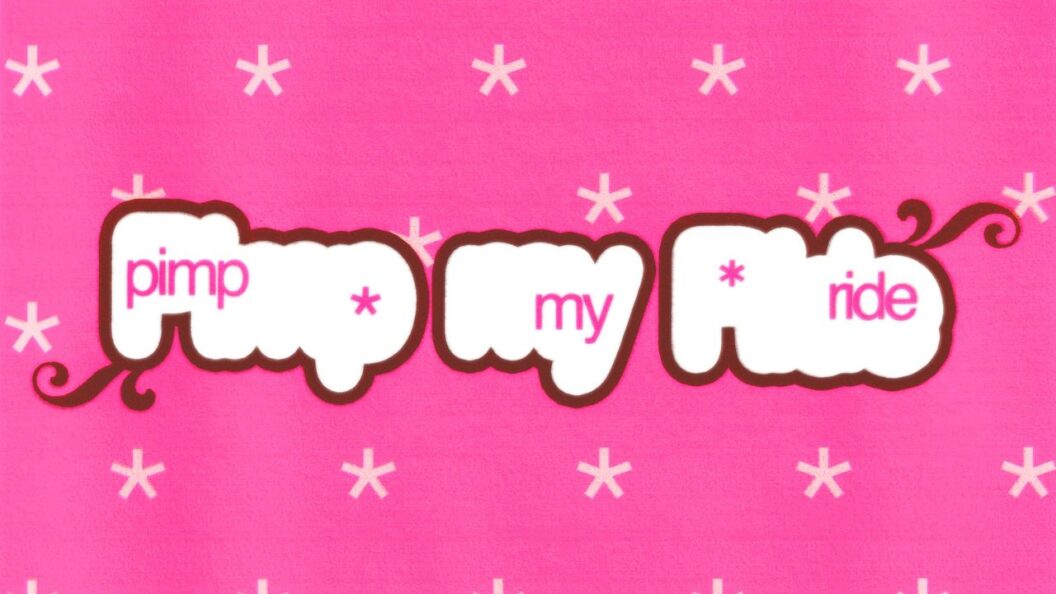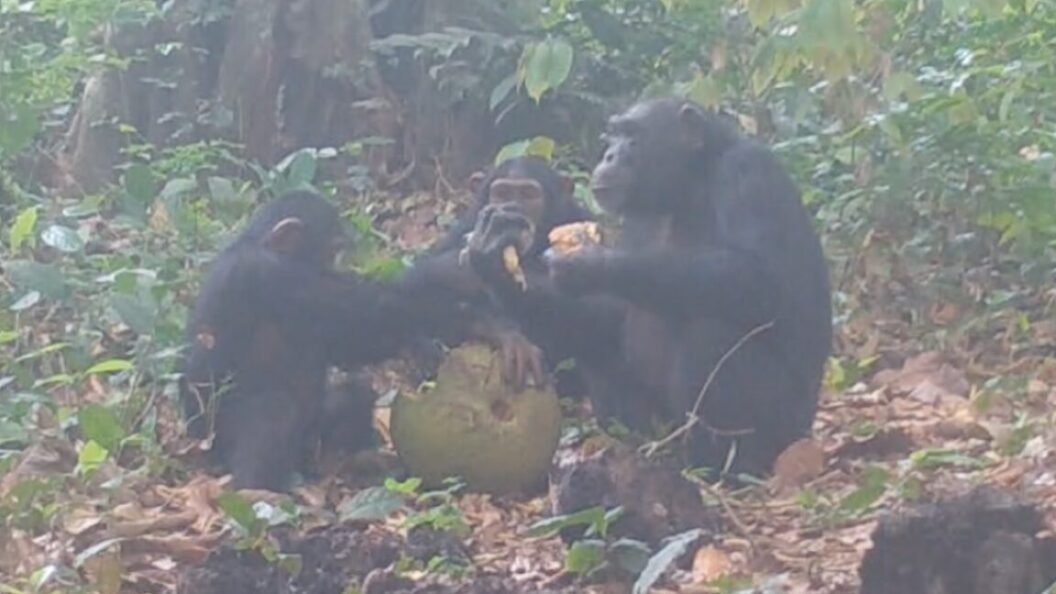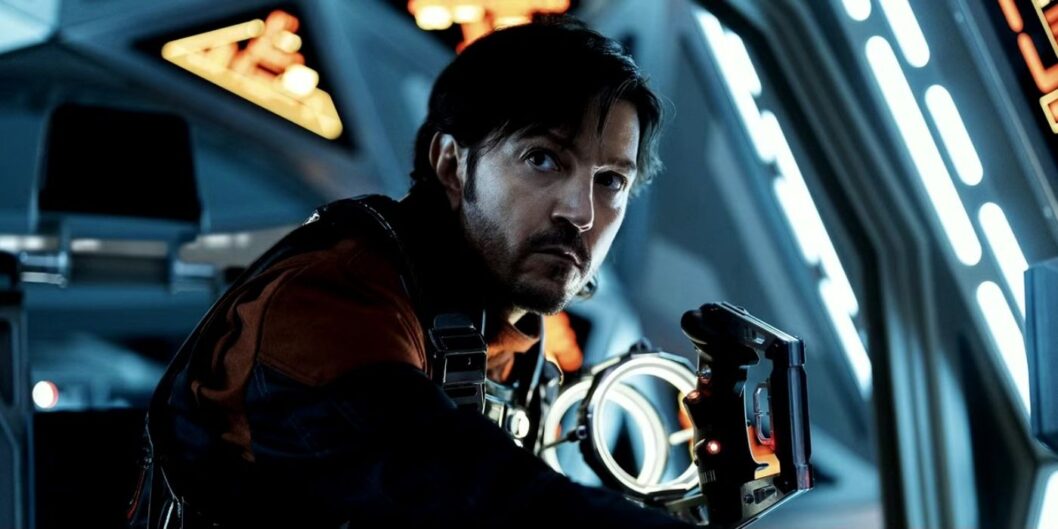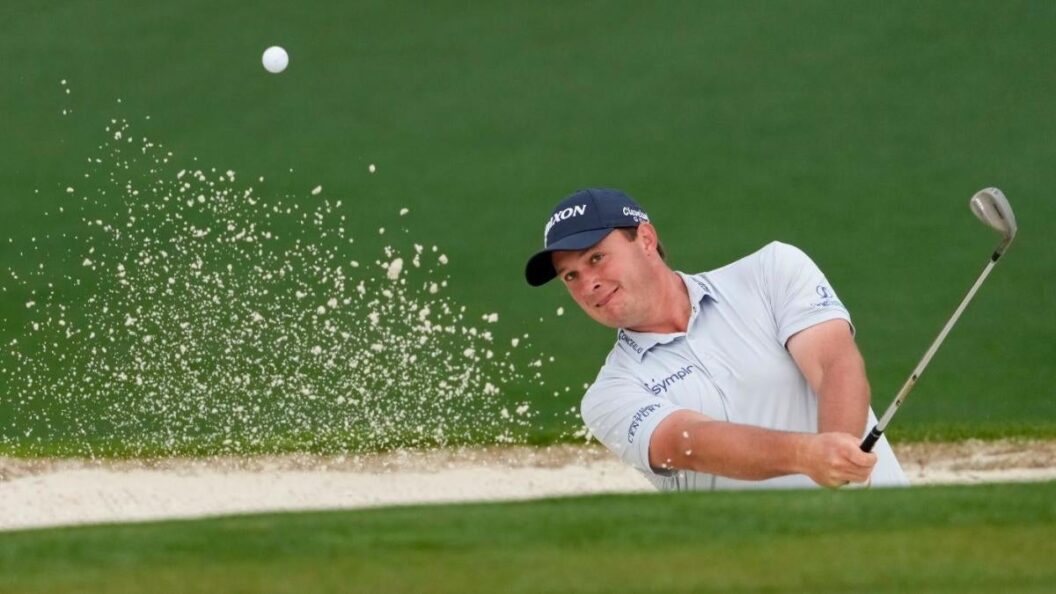Mo’Nique’s Cautionary Words Resurface Amid Shannon Sharpe Lawsuit
An old clip featuring comedienne and actress Mo’Nique has resurfaced on social media, igniting discussions following the recent legal troubles of former NFL star and media personality Shannon Sharpe. In this previously recorded segment from Club Shay Shay, Sharpe and Mo’Nique engaged in a dialogue about modern dating dynamics, where Mo’Nique issued a pointed warning about dating significantly younger women, saying to Sharpe, “You can’t do it Shannon!”
New Allegations Bring Context
The renewed interest in this clip comes amid shocking accusations against Sharpe. A 20-year-old woman, referred to in court documents as “Jane Doe,” has filed a lawsuit against him claiming $50 million for multiple instances of rape, with the alleged incidents reportedly commencing when she was 19 years old and Sharpe was 55. Tony Buzbee, the attorney representing the plaintiff, has made these claims central to the case, indicating significant public and media interest.
Sharpe Responds
During the podcast discussion, Mo’Nique remarked that she was relieved not to be in her late fifties and attempting to date younger individuals. When Sharpe insisted that modern relationships differed from those of previous generations, Mo’Nique firmly countered, emphasizing that Sharpe should seek companionship in his age group rather than pursuing younger partners. She stated, “You’d better take your old a and get somebody to love you… You’re trying to hang out with these young btches.”
In the face of these allegations, Sharpe issued a video statement denying the claims and asserting they are part of a “deliberate setup.” He suggested that Buzbee plans to release a 30-second edited section of a sex tape that he claims depicts a consensual encounter. Sharpe called for the release of the full 10-minute tape, asserting it would clarify his position and prove that the incident was initiated by the woman, whom he referred to as “Gabby, also known as Karlye on OnlyFans.” Additionally, he has indicated plans to file a counter lawsuit for extortion, indicating a complex legal battle ahead.
Social Media Reaction
Mo’Nique’s previous warnings have prompted notable reactions on social media. Many users are viewing her candid advice as prescient, considering the current circumstances involving Sharpe. The juxtaposition of her warnings with the serious allegations against him has fueled further conversations about power dynamics in relationships, particularly those involving significant age differences. Critics and supporters of both individuals have taken to various platforms to voice their opinions, highlighting the ongoing public discourse surrounding dating norms and accountability in high-profile cases.
The Ongoing Impact
As the lawsuit unfolds, it raises crucial questions about consent, the implications of age differences in relationships, and the responsibilities of those in the public eye. The confrontation between Mo’Nique and Sharpe serves not only as an example of interpersonal commentary but also as a reflection of broader societal debates around relationships and consent. While the legal process continues, it remains to be seen how this situation will evolve and what its ramifications may be for both Sharpe and the industry at large.
For those interested in listening to the episode where Mo’Nique shares her views, the full clip can be found on various platforms including YouTube and podcast streaming services. The developments surrounding Sharpe’s case will likely remain a topic of robust discussion as further details emerge.












